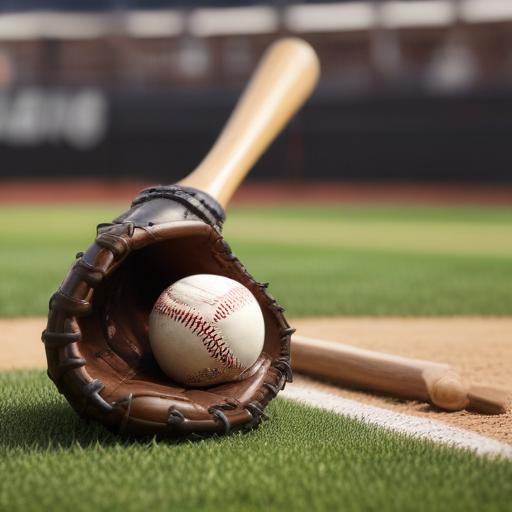The Yankees acquired Ryan McMahon with the hope his left-handed bat would help bolster their infield, but the early returns have been a mixed bag. After a bright start that saw him go 8-for-20 with two doubles in his first six games in pinstripes, the slug has cooled significantly in recent weeks.
Entering the series finale with Boston, McMahon sat on an 8-for-53 stretch with 19 strikeouts. He went hitless in his last 14 at-bats and has been drawing outs at a higher rate, a stretch that has rekindled questions about whether his bat can keep pace in a potent Yankees lineup. Still, his defense at third base has remained solid, providing a steady glove while his bat tries to find a groove.
There was also some disappointment from evaluators who had high hopes for McMahon’s fit in New York. An American League scout who initially praised the deal noted that while the first week lived up to expectations defensively and in energy, the lack of consistent hitting in a deep lineup was troubling. “The early results looked like what I expected,” the scout said, “but you’d like to see more consistency from him in this environment.”
McMahon himself has tried to stay even-keeled and focused on competing, insisting he’s not making excuses and that his priority is helping the team win. “I’m just going through a rough patch and I don’t feel great at the plate,” he said. “I’ll just keep grinding and competing, and we’ll win games.” He added that there’s no shortage of energy in Yankee Stadium and that feeding off that atmosphere is something he wants to embrace as the season wears on.
The coaching staff, led by hitting coach James Rowson, has taken a measured approach to McMahon’s development. Rather than a sweeping swing overhaul, Rowson said the goal is to lean into McMahon’s strengths and keep things simple to help him regain comfort at the plate. “You don’t want to go all-out rebuilding a midseason hitter’s swing,” Rowson explained. “You take what he does well and make it easier to trigger. He has good athleticism and the ball comes off his bat with authority.” Rowson highlighted McMahon’s attitude and the natural power in his swing as assets that, with time, should yield tangible results.
Contractually, McMahon is locked in through 2027 at $16 million per year, a commitment the Yankees are clearly hoping to justify as the season progresses and the hitter regains his timing. His defense gives him a high-floor contribution, and if the bat can climb back toward the form that drew the team’s attention at the trade deadline, this acquisition could still pay dividends down the stretch.
What to watch next: whether McMahon can shorten his path to impact and whether Rowson’s simple, strengths-first approach pays off against the league’s better pitching in the late-season stretch. The Yankees clearly value the energy he brings and remain hopeful that a productive run is on the horizon.
Bottom line: McMahon has shown flashes of what made him a sought-after upgrade, but the early batting hiccups have outweighed his defensive value so far. If the bat warms up, the trade’s upside could still be realized; if not, the Yankees’ plan will require continued patience and continued confidence in his eventual return to form. Additional notes of value include McMahon’s continued emphasis on competing daily and the organization’s willingness to keep supporting him through the rough spell.
